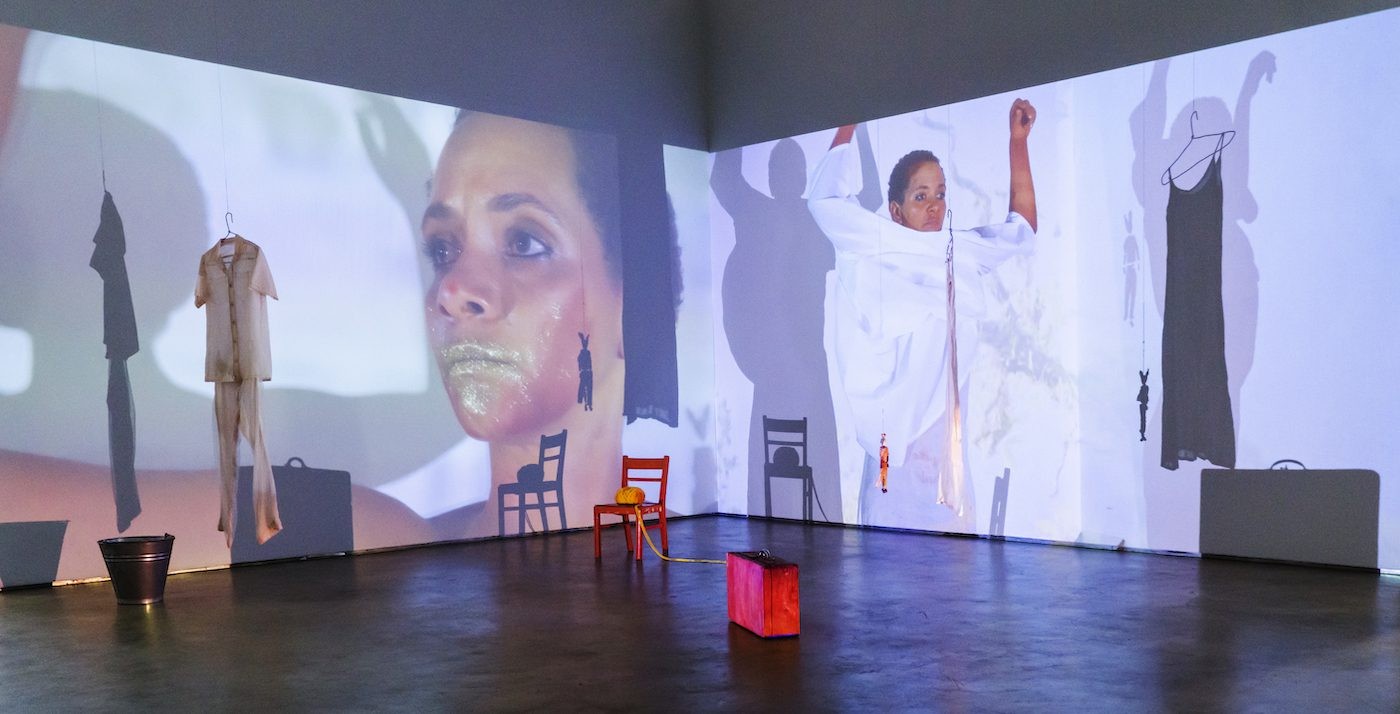"I’m in a space of observation from my little corner"
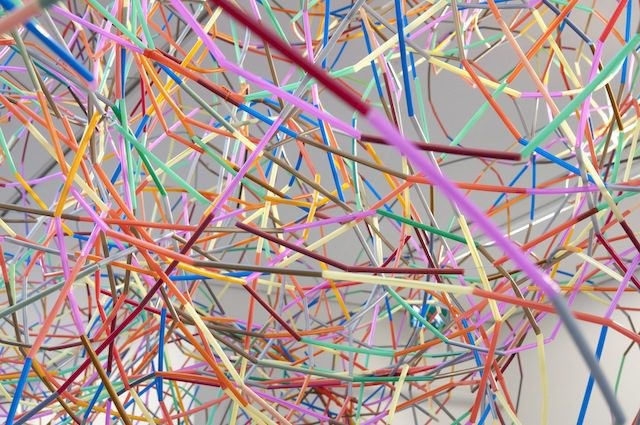
02 April 2015
Magazine C& Magazine
4 min read
In this interview, Pascale Marthine Tayou discusses his body of work which he situates within a global context. His installations combine abandoned and found objects and materials with a playful sense of design. Tayou’s first solo exhibition in London, BOOMERANG, is currently shown at the Serpentine Galleries. C&: The 130th anniversary of the Berlin …
In this interview, Pascale Marthine Tayou discusses his body of work which he situates within a global context. His installations combine abandoned and found objects and materials with a playful sense of design. Tayou's first solo exhibition in London, BOOMERANG, is currently shown at the Serpentine Galleries.
C&:The 130th anniversary of the Berlin Conference was commemorated by a number of artistic interventions, especially in Berlin.How do you view these types of interventions in relation to that moment in history whose repercussions are still felt in our contemporary realities?
Pascale Marthine Tayou:These are important events. You have to take a look at the attitude of the people doing the interventions. What they propose to us represents the world of today and could anticipate the world of tomorrow. The projects are tied to history. Which brings me to the next question: how am I participating in the history of tomorrow?
C&: What are your sources of inspiration? What drives your work?
PMT: I was born just after Independence. You have a life, grow up, go to school. There are your parents’ dreams and the things that they hope for, and over time you become aware of your surroundings. You take a physical, a spiritual journey. So my situation is also very tied into my interventions. What are my sources? Everyday life, all the things we have, like visual or sensory information. Those are encounters. That’s what establishes our needs and our boundaries.
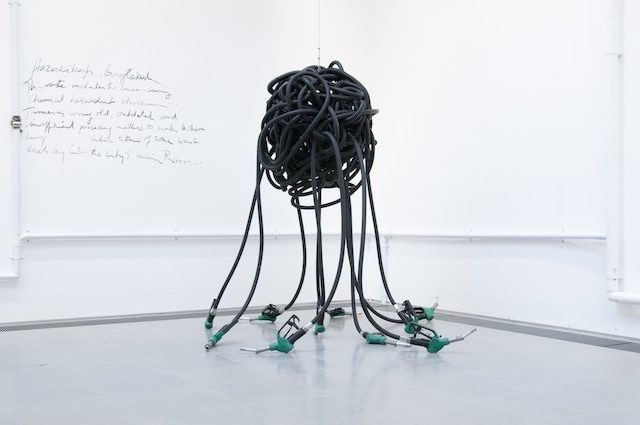
Pascale Marthine Tayou, BOOMERANG Installation view, 2015, Serpentine Sackler Gallery, London. Image © READS
C&: Your installations – particularly their colors and shapes – show a truly playful side, as if you were inviting the viewers to wander through a playground. What is the relationship between that impulse and the rather “serious” subjects that you address in your work, such as politics, religion, or ecology?
PMT: For me, it’s most important first to see the simple side of things. Even if those things become complicated, it’s about knowing how to present them, hoping that they can be transformed. If I want to talk about an injury, I’ll do so by talking about the cure, trying to bring a kind of comfort. I see my work as a lubricant that facilitates entry. It’s more about the idea of placing myself where the problem is located. It’s about taking a tour of problems, like a boomerang. . .
C&: How would you define your role in that process?
PMT: I am invisible throughout it, but I’m in a space of observation from my little corner. Like a little grain of sand, observing! There are leaders, people who carry the big pebble, who carry the whole pile of sand. But the little grain of sand is also part of the whole. Likewise, that opportunity to create art is a chance to share my observations, but I don’t observe any more than other people do.
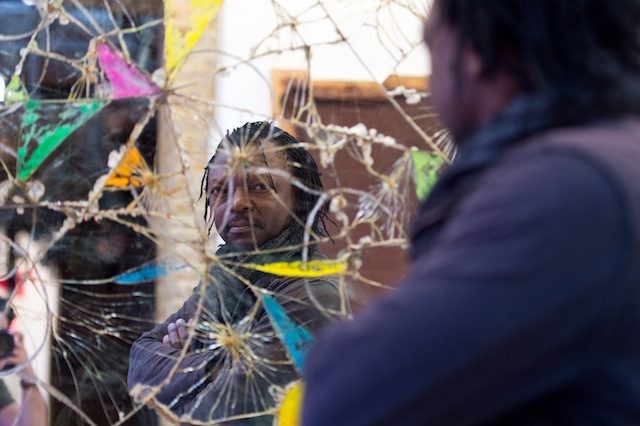
Pascale Marthine Tayou, 2015 © Ben Pruchnie/Getty Images for Serpentine Galleries
C&: You decided to present your black-and-white photographic portraits scattered here and there around the walls of the exhibition. Why? Is that linked to this idea of observation?
PMT: On the fine art scene, I become a quote-unquote star. By way of photography, I have found an artistic response to that star, that image. It’s a photo for an official passport, an ID card, so I decide to smash it open. When you apply for an ID card, you never know who will take the picture. I place the photos, I take a gun and I shoot. That’s why it’s called a “shooting star.” I kill, I assassinate a vision of myself because I don’t plan to wear the image that has been made of me, that image of being an artist.
C&: Your exhibition atAustria’s Kunsthaus Bregenz was called I Love You!. What does love mean to you?
PMT: Love is a round-trip ticket. If I love you, that means divorcing myself. Does entering into a loving relationship with someone mean abandoning myself as a person? I shouldn’t love what I am in the other person. I should love the other person because they are themselves. That’s what love is! “I love you” because you love me, you adopt me. At the same time, love is a divorce. Therein lies the mystery of life.
Pascale Marthine Tayou, BOOMERANG, March 4 - May 17, 2015, Serpentine Galleries, London.
.
Interview by Aïcha Diallo
Read more from

On Ghosts and The Moving Image: Edward George’s Black Atlas

Confronting the Absence of Latin America in Conversations on African Diasporic Art

On Exile, Amulets and Circadian Rhythms: Practising Data Healing across Timezones
Read more from
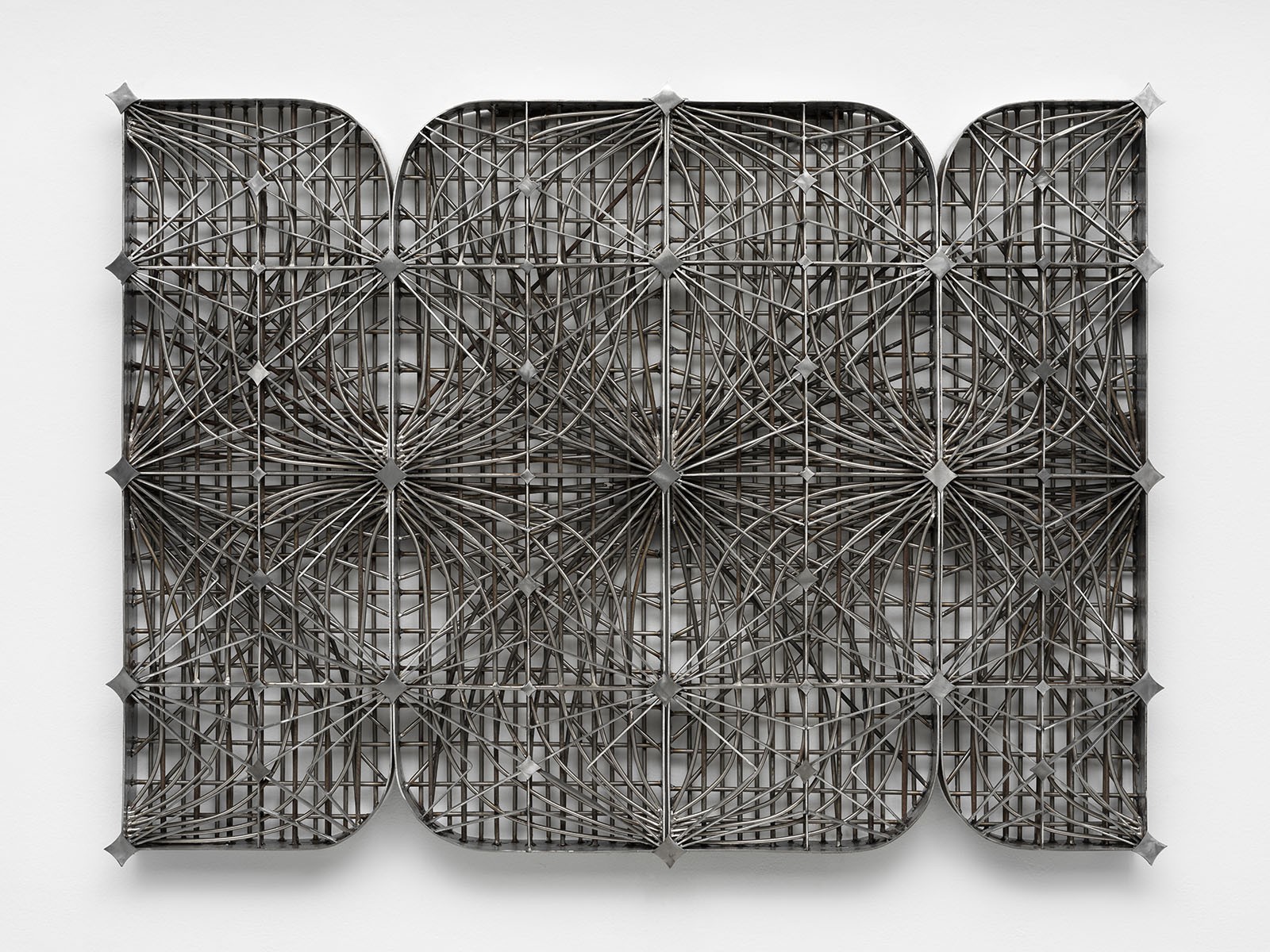
Jesús Hilário-Reyes: Dissolving Notions of Group and Individual
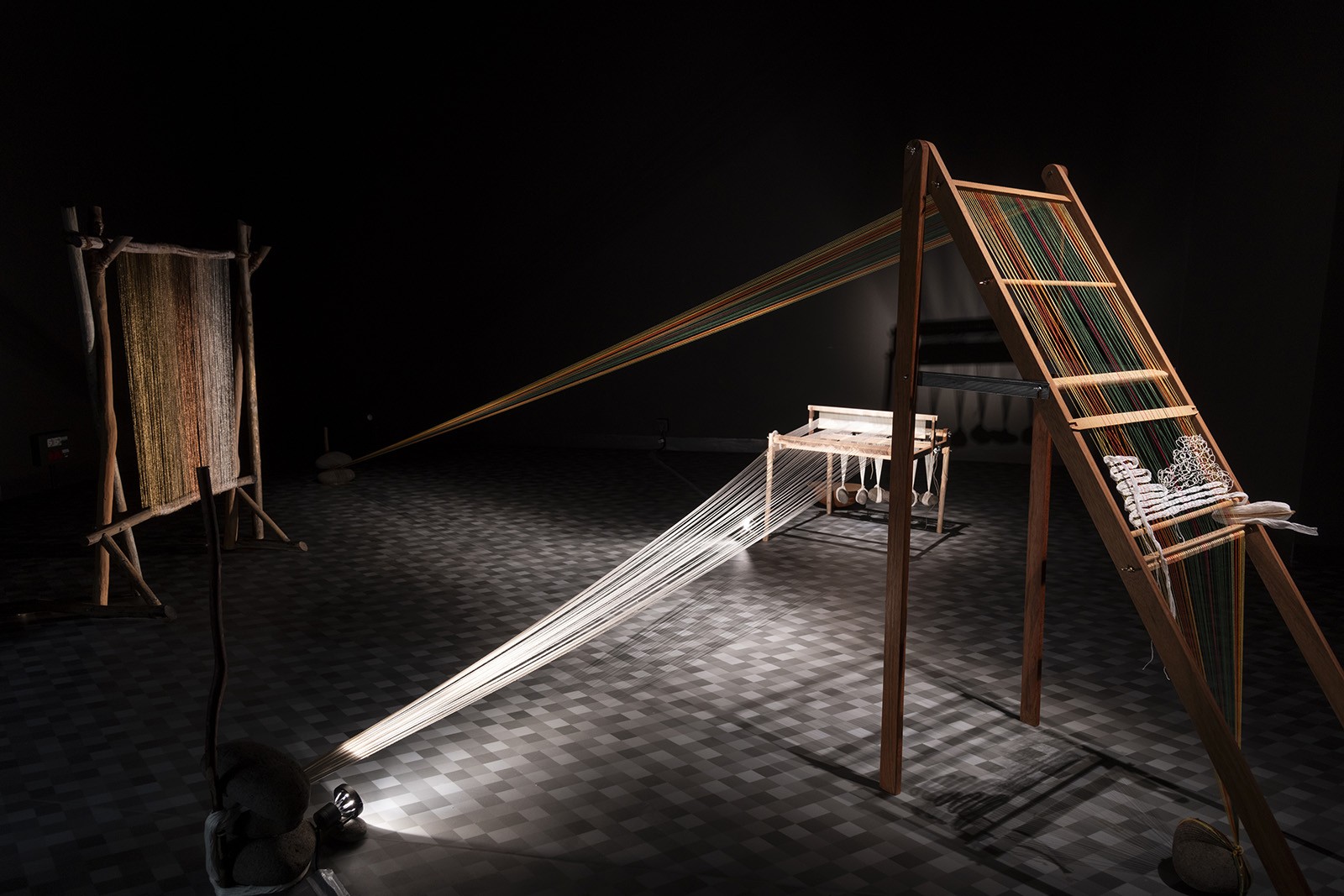
(RE)COUTURE
